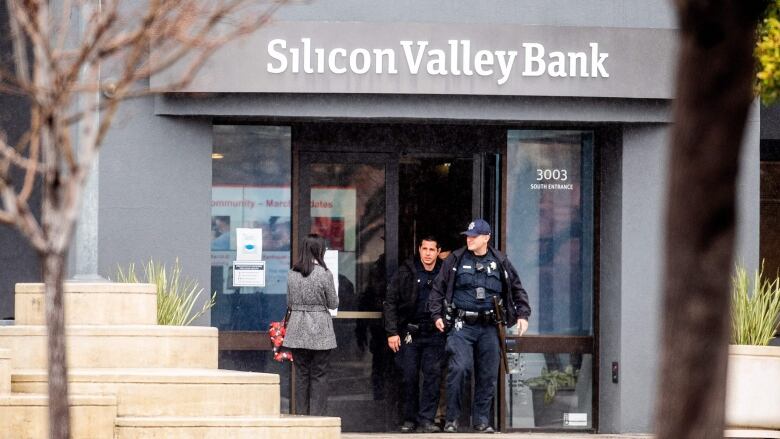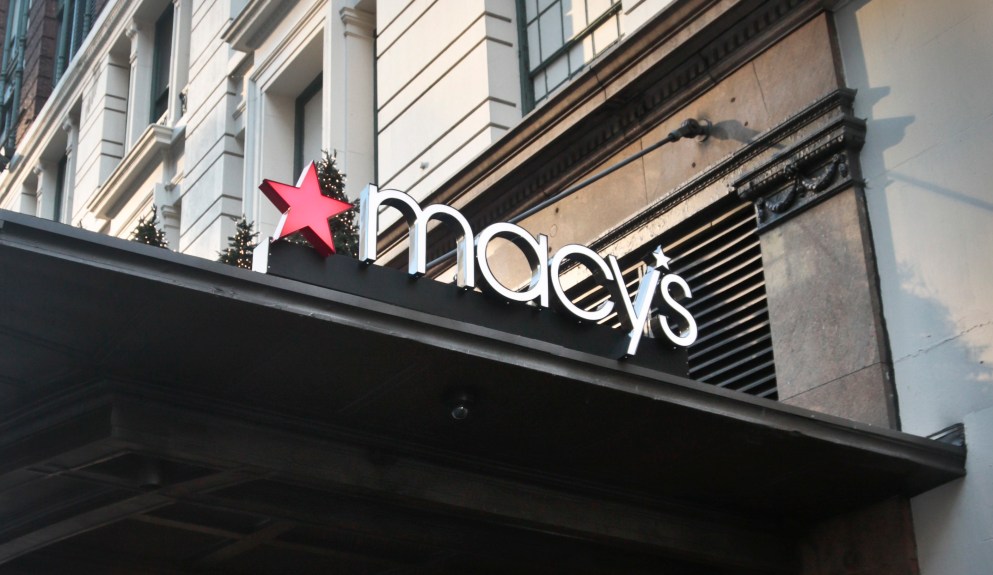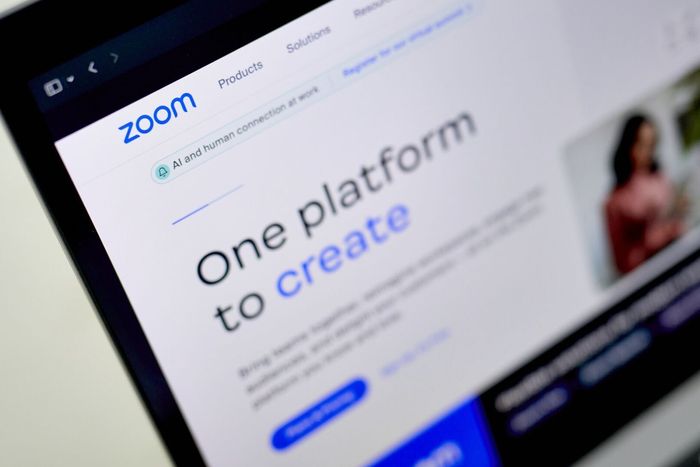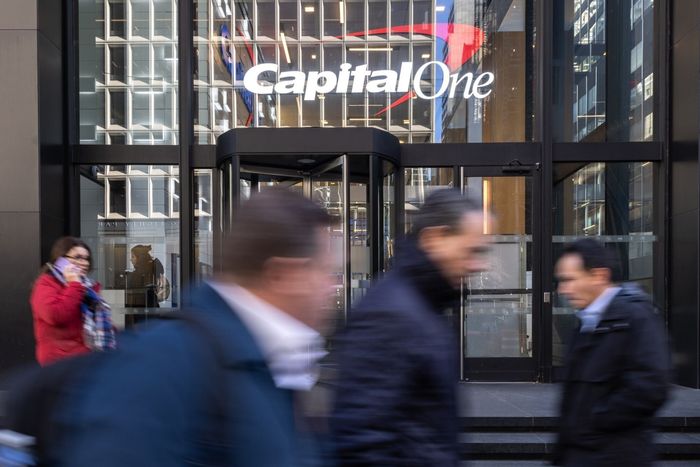This article is more than
1 year oldSilicon Valley Bank collapse marks 2nd biggest bank failure in U.S. history

Bank, the 16th largest in U.S., failed after depositors hurried to withdraw money
Regulators rushed Friday to seize the assets of one of Silicon Valley's top banks, marking the largest failure of a U.S. financial institution since the height of the financial crisis almost 15 years ago.
Silicon Valley Bank, the 16th-largest bank in the U.S., failed after depositors hurried to withdraw money this week amid anxiety over the bank's health. It was the second biggest bank failure in U.S. history after the collapse of Washington Mutual in 2008.
The bank served mostly technology workers and venture capital-backed companies, including some of the industry's best-known brands.
"This is an extinction-level event for startups," said Garry Tan, CEO of Y Combinator, a startup incubator that launched Airbnb, DoorDash and Dropbox and has referred hundreds of entrepreneurs to the bank.
"I literally have been hearing from hundreds of our founders asking for help on how they can get through this. They are asking, 'Do I have to furlough my workers?'"
Little chance of chaos spreading
There appeared to be little chance of the chaos spreading in the broader banking sector, as it did in the months leading up to the Great Recession. The biggest banks — those most likely to cause an economic meltdown — have healthy balance sheets and plenty of capital.
Nearly half of the U.S. technology and health-care companies that went public last year after getting early funding from venture capital firms were Silicon Valley Bank (SVB) customers, according to the bank's website.
The bank also boasted of its connections to leading tech companies such as Shopify, ZipRecruiter and one of the top venture capital firms, Andreesson Horowitz.
Tan estimated that nearly one-third of Y Combinator's startups will not be able to make payroll at some point in the next month if they cannot access their money.

Internet TV provider Roku was among casualties of the bank collapse. It said in a regulatory filing Friday that about 26 per cent of its cash — $487 million US — was deposited at Silicon Valley Bank.
Roku said its deposits with SVB were largely uninsured and it didn't know "to what extent" it would be able to recover them.
As part of the seizure, California bank regulators and the FDIC transferred the bank's assets to a newly created institution — the Deposit Insurance Bank of Santa Clara. The new bank will start paying out insured deposits on Monday. Then the FDIC and California regulators plan to sell off the rest of the assets to make other depositors whole.
Failure unfolded rapidly
There was unease in the banking sector all week, with shares tumbling by double digits. Then news of Silicon Valley Bank's distress pushed shares of almost all financial institutions even lower Friday
The failure arrived with incredible speed. Some industry analysts suggested Friday that the bank was still a good company and a wise investment. Meanwhile, Silicon Valley Bank executives were trying to raise capital and find additional investors. However, trading in the bank's shares was halted before stock market's opening bell due to extreme volatility.

Shortly before noon, the FDIC moved to shutter the bank. Notably, the agency did not wait until the close of business, which is the typical approach. The FDIC could not immediately find a buyer for the bank's assets, signaling how fast depositors cashed out.
The White House said U.S. Treasury Secretary Janet Yellen was "watching closely." The administration sought to reassure the public that the banking system is much healthier than during the Great Recession.
"Our banking system is in a fundamentally different place than it was, you know, a decade ago," said Cecilia Rouse, chair of the White House Council of Economic Advisers.
"The reforms that were put in place back then really provide the kind of resilience that we'd like to see."
In 2007, the biggest financial crisis since the Great Depression rippled across the globe after mortgage-backed securities tied to ill-advised housing loans collapsed in value. The panic on Wall Street led to the demise of Lehman Brothers, a firm founded in 1847.
Because major banks had extensive exposure to one another, the crisis led to a cascading breakdown in the global financial system, putting millions out of work.
At the time of its failure, Silicon Valley Bank, which is based in Santa Clara, Calif., had $209 billion US in total assets, the FDIC said.
It was unclear how many of its deposits were above the $250,000 insurance limit, but previous regulatory reports showed that lots of accounts exceeded that amount.
Keywords
Newer articles
Opinion O.J. Simpson was always on the run
Ray J on Why Diddy's Friends Haven't Come to His Defense: 'I Think A Lot of People Are Trying to Understand It'
Taylor Swift’s music returns to TikTok even as label fights over artist compensation
Khloe Kardashian hounded after OJ’s death
India calls for ‘immediate de-escalation’ amid Israel-Iran tensions
Trump offers conditions for Ukraine aid renewal
Why Israel is risking a dramatic escalation with Iran
Bianca Censori stuns in extreme v-neck dress
Israel’s War Leaders Don’t Trust One Another




